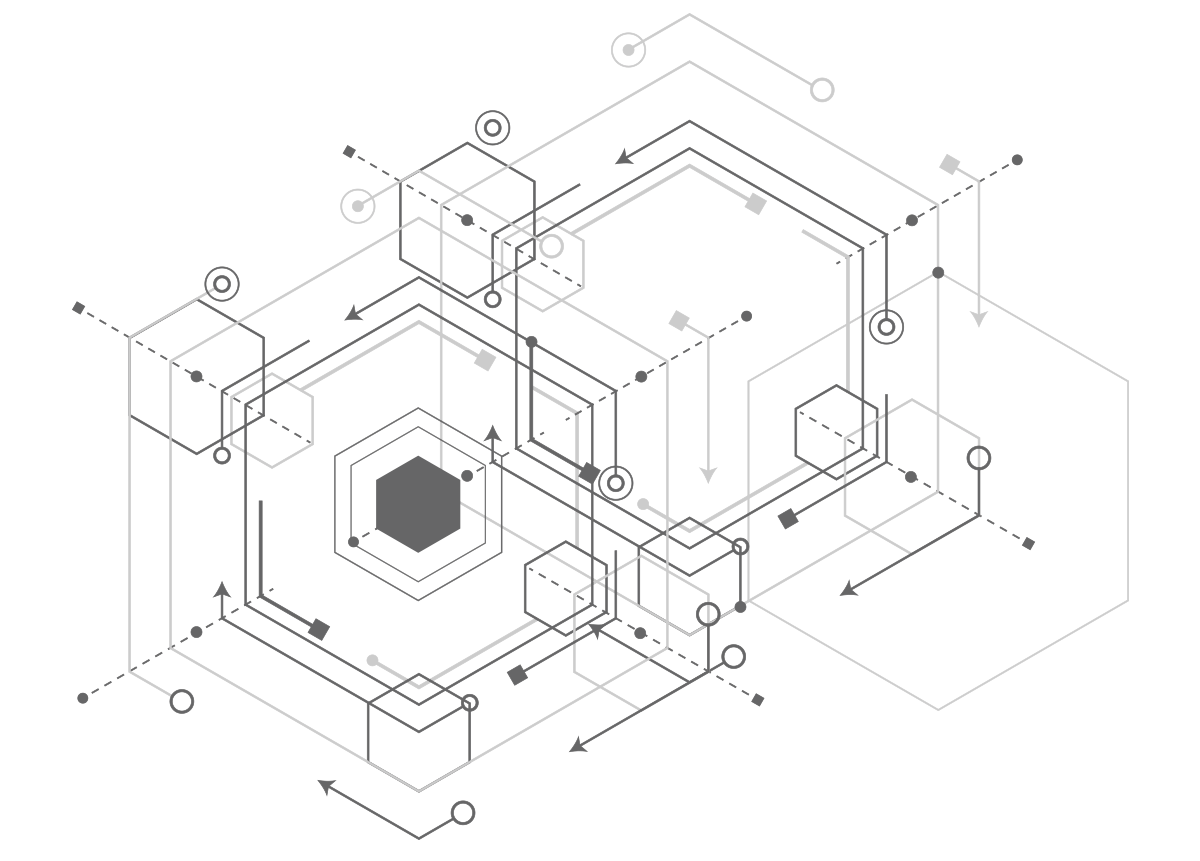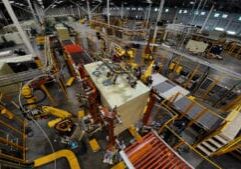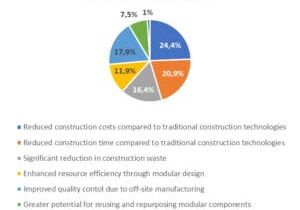The Blueprint for Smart and Ethical AI Integration in Your Business

José Manuel Mateu de Ros is the Founder and CEO of IQube and Zertia.
In 1997, a milestone in artificial intelligence (AI) was reached when IBM’s supercomputer Deep Blue defeated world chess champion Garry Kasparov. For the first time, a machine outplayed a human in a game long considered the pinnacle of strategic thinking. Fast forward to today, and AI isn’t just winning games—it’s driving cars, diagnosing diseases, and even designing living organisms, such as plants or bacteria for biofuel production. AI is defined as any technology that simulates human intelligence, although in the case of Deep Blue, we could argue it even surpassed it. But what does it mean to be intelligent? It’s the ability to learn to recognize patterns and project those patterns into the future.
To illustrate this concept, consider a simple example: we wouldn’t attribute intelligence to a rock, but a dog certainly qualifies. Take Pavlov’s famous experiment—his dogs learned to associate the sound of a bell with food, leading them to salivate even before seeing the food. This ability to identify patterns and anticipate outcomes is a fundamental form of intelligence, much like what AI systems do when analyzing data to identify trends and make predictions.
But how did AI evolve from winning chess games to becoming such a transformative force in our daily lives? The turning point came in November 2022, when, for the first time, the public gained free access to a highly advanced AI model through an intuitive user interface. This type of AI—known as generative AI—differs from traditional AI. While traditional AI is designed to analyze and interpret existing data, generative AI focuses on creating entirely new content. For example, where traditional AI might suggest a movie, generative AI can write an original story, generate an image, or even design a product from scratch.

The Impact of AI
Generative AI has the potential to automate 60% to 70% of current workplace activities, increasing labor productivity by 0.1% to 0.6% annually through 2040. The use of AI in business can lead to significant improvements in efficiency and profitability by automating repetitive tasks and streamlining workflows. For instance, Amazon leverages AI to optimize logistics and supply chains, improving delivery speed while cutting expenses. Additionally, AI chatbots have proven to increase customer service productivity by up to 45%, handling inquiries faster and more effectively.
Beyond automation, AI enhances decision-making by analyzing vast datasets in real time, allowing companies in finance and manufacturing to optimize operations like route planning, fraud detection, and predictive maintenance. Moreover, AI fosters innovation, particularly in research and development. A concrete example includes algorithms developed at top institutions like the University of California that have reached 92% accuracy in diagnosing diseases up to six years earlier than traditional methods by detecting patterns that are often invisible to doctors.
Best Practices for AI Integration
However, for AI to deliver its full potential, it is crucial to integrate it with strategic intent rather than indiscriminately applying AI in the hope of solving various issues. The organizations that succeed in implementing AI do not view it as a “hammer in search of a nail.” Instead, they use AI as a targeted tool to address specific problems, whether these challenges are internal or pertain to customer needs.
The first step in this process is to clearly define your intention behind the implementation of AI. A recommended approach is to start by identifying the specific problems you aim to solve. For example, you might find that customer service response times have increased by 30% this quarter, or that customer acquisition costs have risen significantly over the year.
Once the key pain points have been identified, the next step is to analyze which of these challenges could be addressed through AI. Investing time in learning about AI’s potential is key.
Another effective strategy is to approach the process from a use-case perspective. To do this, create an inventory of all the activities you perform on a daily basis, documenting each task in detail. Once you have this comprehensive list, you can reflect on which activities are particularly time-consuming, repetitive, involve handling large amounts of data, require making predictions, or are centered on content generation and text-heavy tasks.
Track the time spent on each task per month, their frequency, and assign a value to the potential benefit automation could bring. It is also advisable to start by implementing pilot projects with a small group of users, testing the effectiveness of AI tools before investing in a widespread rollout. Each employee in the group can apply one of the two methodologies used; for example, sales representatives might use AI to automate personalized email responses, while analysts could leverage AI to generate more precise and faster reports. Setting clear KPIs over a 90-day period will allow businesses to track how AI is solving problems or increasing efficiency compared to how tasks were performed without these tools.
By closely monitoring the use of AI tools, organizations can pinpoint areas where the technology delivers real value and identify where additional training or adjustments are needed. This also helps in deciding whether to scale up or down on AI investments. Additionally, pilot programs can reveal internal champions—employees who not only witness firsthand the benefits of AI but are also passionate about technology and naturally adept at using it.
Another common pitfall in AI adoption is assuming that merely implementing technology will automatically create value. Despite substantial investments in artificial intelligence by companies like Chevron, many businesses continue to struggle with realizing its full potential. Chevron’s recent efforts to implement AI tools such as Microsoft Copilot and internal chatbots have not yet yielded concrete results, leading its CIO to question the effectiveness of these technologies. For AI to truly take root, employees need tailored training programs that address their specific needs and roles. Relying solely on vendor-provided training can be limiting, as it often focuses on the technical aspects of the product without addressing how AI integrates into day-to-day business operations.
Mitigating Key Risks in AI Adoption
Other risks to consider for sustainable implementation that companies need to monitor are AI hallucinations, data privacy and security, change management, and regulatory compliance.
Hallucinations occur when AI systems generate false or misleading information. This phenomenon can be especially dangerous, as AI may present fabricated facts as if they are accurate. For instance, in recent legal cases, lawyers faced severe consequences after relying on AI-generated fictitious precedents. This highlights the importance of viewing AI as an assistant that complements human work rather than as an autonomous creator.
Data privacy and security are paramount concerns in the era of AI. AI systems rely on vast amounts of data for their operation and training, which can introduce new vulnerabilities. Poor data handling, such as insecure storage, unencrypted transmission, or unauthorized access, can lead to significant privacy violations. Furthermore, many AI systems interact with external applications and services through APIs, which, if not properly secured, can provide attackers with opportunities to exploit these systems.
Change management is crucial when transitioning to AI technologies, as resistance often arises from fears of job displacement and skill obsolescence. To successfully manage this transition, companies must clearly define and communicate the goals of AI adoption, ensuring that all stakeholders understand the intended outcomes.
Regulatory compliance is a major challenge as governments struggle to keep up with the rapid evolution of AI, and many countries lack a clear framework. Combined with differing national regulations, establishing universal standards is nearly impossible, creating uncertainty for businesses. Therefore, one of the biggest challenges is for companies to stay up-to-date with regulations affecting their models and remain agile to ensure compliance.
The journey toward smart and ethical AI integration involves crafting a strategic vision that aligns AI’s transformative potential with your organizational goals. True success with AI is measured by its capacity to enhance human capabilities, foster sustainable growth, and generate value for all stakeholders while actively avoiding ethical pitfalls and harmful risks.
More from Modular Advantage
Resia: Breaking All the Rules
Resia Manufacturing, a division of U.S.-based Resia, is now offering prefabricated bathroom and kitchen components to industry partners. Its hybrid fabrication facility produces more precise bathroom and kitchen components (modules) faster and at lower cost than traditional construction. Here’s how Resia Manufacturing does it.
How LINQ Modular Innovates to Bring Modular To The Market in the UAE and Beyond
LINQ Modular, with an office and three manufacturing facilities in Dubai, is a modular firm based in United Arab Emirates. The company is on a mission: to break open the housing and construction markets in the Gulf Cooperation Council (GCC) area with modular.
ModMax: Redefining Modular Construction with Confidence and Precision
ModMax was born out of frustration—frustration with five persistent pain points in modular construction: Permitting bottlenecks. Production delays. Rigid designs. Disconnect between “the office” and the field. Lack of transparency and communication.
LifeArk: Disaster-Resilient Housing from Recycled Plastic and 100-year-old Technology
Wee compares LifeArk’s housing units to Yeti coolers, as they are built similarly. Each component takes 15 to 20 minutes to manufacture, has an R-value of 40, and includes molded slots and chases for wiring, plumbing, fire sprinklers, and other utilities.
Building the Future of Modular Edge Infrastructure
The edge data center market is expanding rapidly, driven by the surge in AI workloads, IoT adoption, and the need for localized compute power. In these environments, sustainability, scalability, and reliability are non-negotiable. Cooling is among the most complex challenges for operators—and one of the most decisive factors in long-term success.
Accelerating Light-Gauge Steel Construction: A Semi-Automated Digital Workflow for Off-Site Projects
For construction professionals, the message is clear. By adopting semi-automation and digitalization, companies can deliver projects faster, more accurately, and more profitably, while also building stronger collaboration across teams. The approach is not about replacing people with machines, but about empowering people with better tools and processes.
Why Modular Data Centers Are Gaining Momentum
Artificial intelligence, high-performance computing, and edge applications push the limits of traditional “stick-built” data centers. They take years build, often struggle with high density workloads, and aren’t optimized for deployments near end users. Modular data center platforms are purpose-built to address these challenges, offering flexibility and scalability to adapt to evolving technologies, while opening new opportunities for the modular construction industry.
Supply Chain Innovation in Action: 5 Habits Every Modular Leader Should Practice
By applying these principles to supply chain practices — collaborative planning, strategic procurement, scenario modeling, digital tools, and transparent forecasting — construction leaders can build value chains that are not just efficient and agile, but truly innovative.
Exploring the Role of Modular Integrated Construction (MiC) in Advancing Circular City Principles – A Survey of Stakeholder Perspectives
The survey findings highlight the significant potential of Modular integrated Construction (MiC) in advancing the development of circular cities. By reducing costs, accelerating construction timelines, and minimizing waste generation, MiC offers a promising approach to sustainable urban development.
The Use of MS POLYMER™-Based Sealants and Adhesives in Modular Building
These products combine flexibility and elastic recovery with excellent adhesion to different substrates and have already shown their usefulness in traditional construction. Now it’s time for them to be put to use in the modular construction industry.










